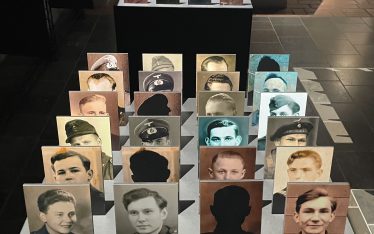“The tragic death of General Sikorski enveloped the entire country and the Polish nation in mourning. To all the other losses was added the greatest and the most painful of all, on the eve of the harvest of His greatest work.” [Piotr Łaguń, Iraq 1943]
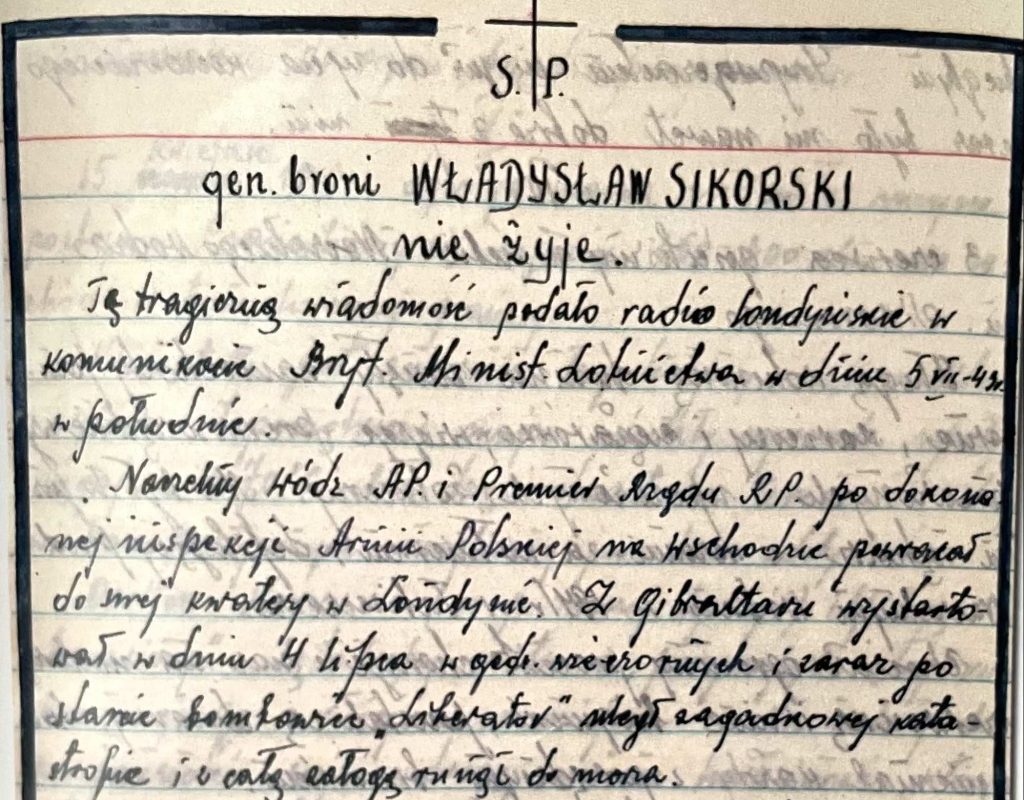
General Sikorski was killed in a tragic air crash over Gibraltar on 4 July 1943, returning from visiting his troops, formed from those he rescued from Soviet captivity. Questions still remain over the nature of the accident. His death signalled a weakening of Polish political influence over the Allies (UK, USA and USSR).
Many consider that not enough credit was given to Sikorski for rescuing his countrymen. These grateful citizens were devastated when he died and people openly wept at the camp in Karachi where my family and other soldiers’ families were stationed after the evacuation. Piotr Łaguń’s account as one of those rescued from captivity, testifies to the love and great esteem in which Sikorski was held.
Great politician and statesman
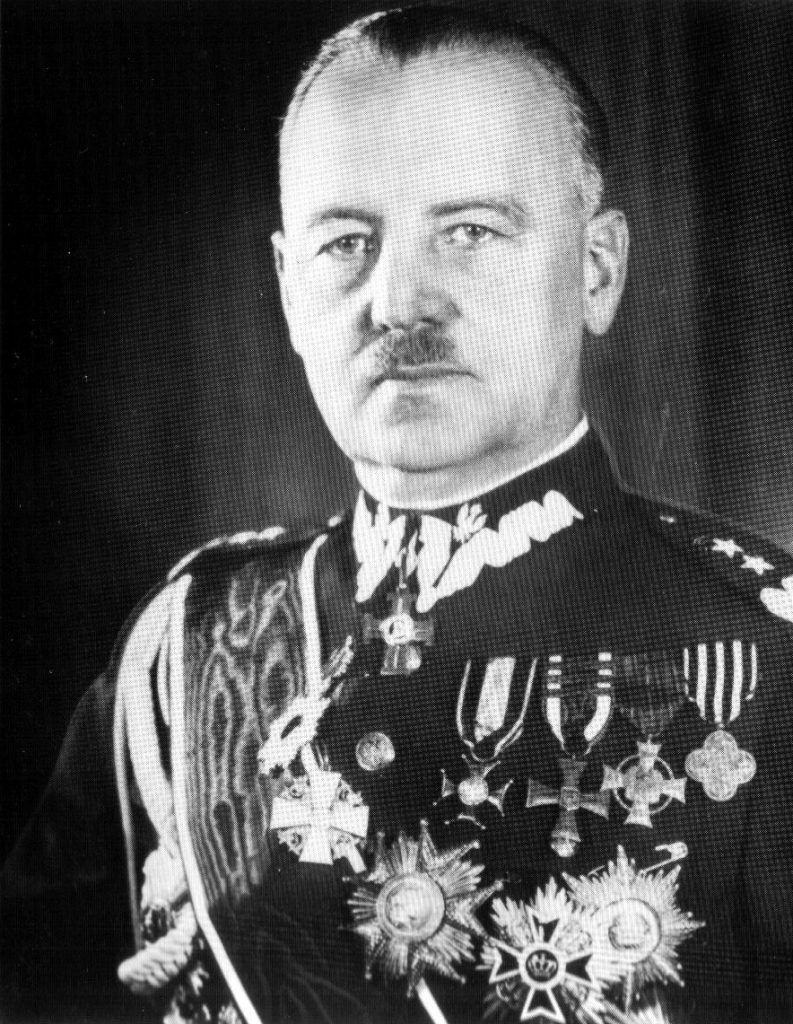
General Sikorski was born in a partitioned Poland in 1881 and served in the Austrian army where he set up a secret Polish military organisation of which Józef Piłsudski was a prominent member. During World War I he was the commissioner of the Polish Legion and after distinguishing himself in the Russo-Polish War (1919-20), he was named Chief of the Polish General staff in 1921 in a newly independent Poland. Briefly Prime Minister, he modernised the army and remained neutral during Piłsudski’s 1926 takeover, taking a back step for a few years.
When the Germans invaded Poland in 1939, Sikorski escaped with many other politicians, to Paris. Shortly after, Poland was invaded from the east by Soviet Russia and a new government-in-exile was recognised the following month wirh Sikorski as Prime Minister. He immediately sought to win over the British to the Polish cause, visiting the British Prime Minister and King in November. He also went to see the men of the Polish destroyers in Scotland, organising and regularly inspecting the Polish soldiers and airmen arriving in the UK.
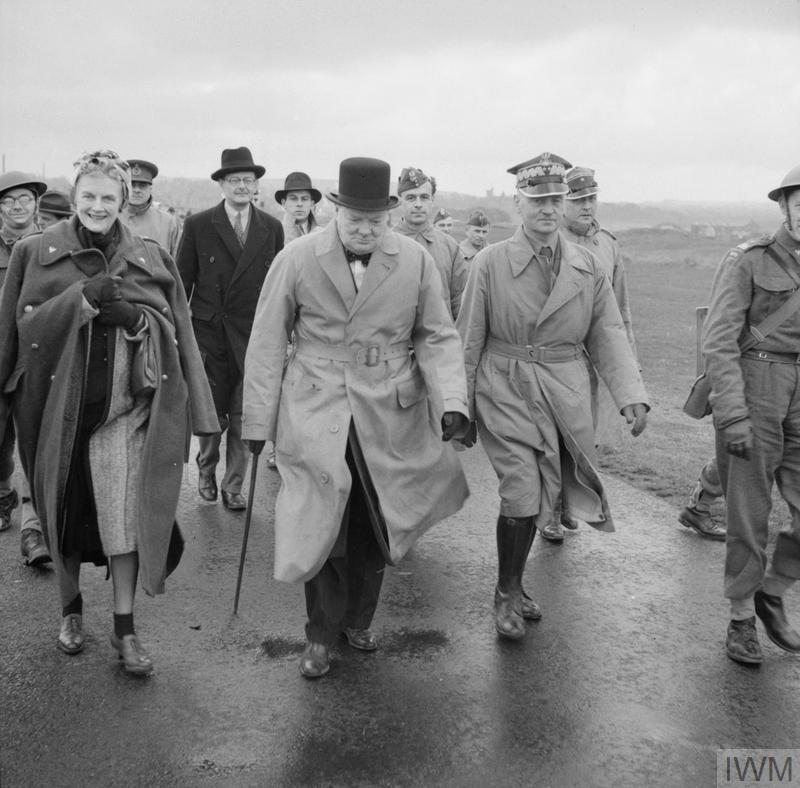
“It seems that since 1st September 1939 the unchanging fate of the Polish people has been to suffer both materially as well as from losses of morale. Millions of Poles were forced to leave their country and travel across the Volga, beyond the Ural Mountains, beyond the Carpathian Mountains and the Mediterranean. Their fate has been to end up somewhere far away in a foreign country and fight for their homeland there. Each group of more or less uniformed Poles, constituted a unit that someone, somewhere could use. What was needed was a strong hand, or rather a genius mind that would be able to unite all those little groups into one whole, providing them with the conditions to survive.“
In those critical circumstances there came a great man, the greatest Pole of the time – General Władysław Sikorski.” [Piotr Łaguń Kirkuk, Iraq 1943]
Negotiating the release of the deported Poles
As early as June 1940, before the capitulation of France and the evacuation of the Polish government to London, Sikorski met the new British Prime Minister Winston Churchill. He discussed with the Foreign Secretary, the possibility of creating a Polish army from the Polish citizens already in the Soviet Union.
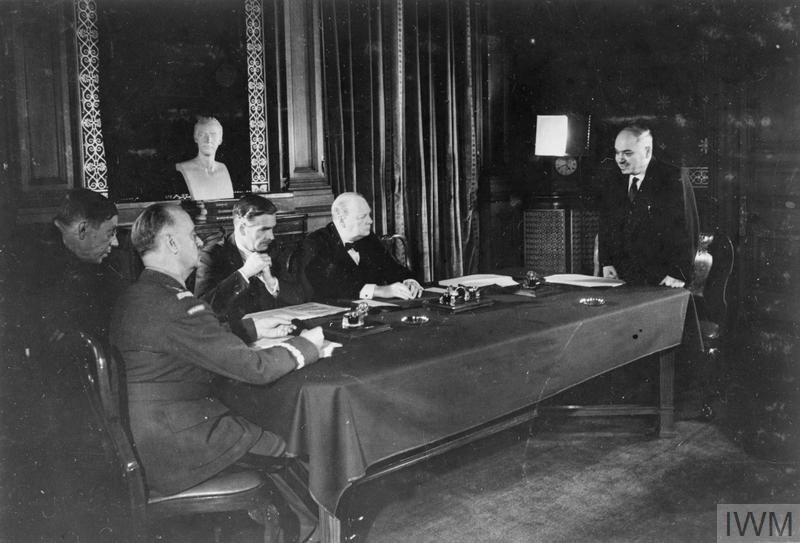
In June 1941, when Germany invaded the USSR, Churchill announced that his country would give the Soviets unconditional support. This complicated Poland’s political situation, the USSR having invaded part of its territory and terrorised its citizens. Sikorski however, began talks with Ivan Majsky, the Soviet ambassador in London, to free the prisoners of war and deported Poles. His political colleagues felt that he should have waited until the Russians hit military difficulties but he sensed there was no time to lose. The Sikorski-Majski agreement was finally signed on 30 July and General Władysław Anders, freed from Russian prison was commissioned to organise the army there.
The newly formed army
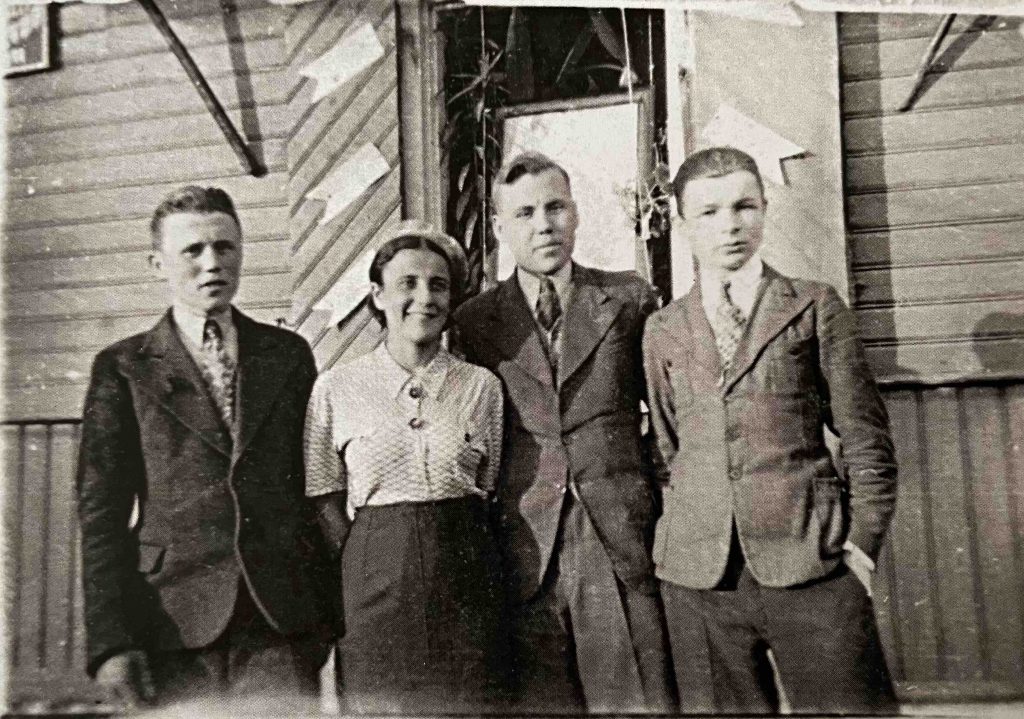
After an incredible journey, escaping from Russian conscription and prison camp, Piotr Łaguń arrived in Tatischchev, in southern Russia in November 1941. He had the luck to be issued with an American coat, and owned a decent pair of boots, unlike his fellow soldiers in the Polish Army training camp.
“Just before Christmas we were visited by the Commander in Chief and the Prime Minister General Sikorski. Frozen, hungry, half naked and eaten by lice we were proudly parading before that Great Statesman, the saviour of the Polish people in Russia. It must have been one of the most diverse (in terms of uniforms) parades the world had ever seen.” [Piotr Łaguń, Iraq 1943]
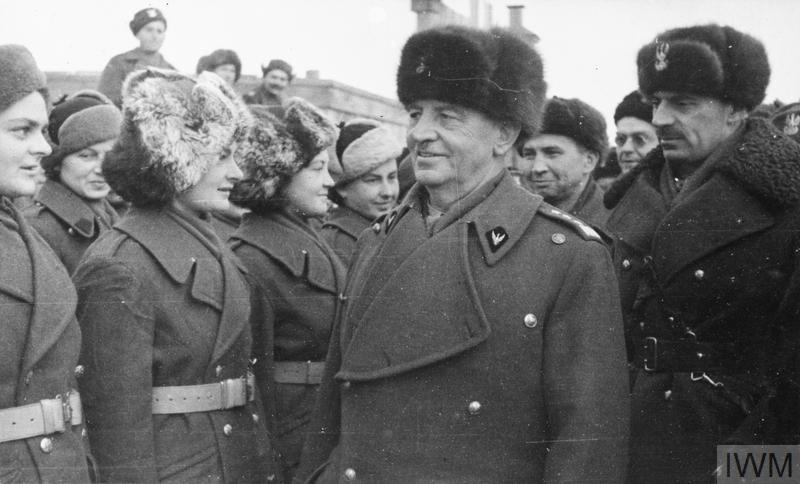
Sikorski also visited Stalin, to confirm the terms of the agreement. However, he had to keep arguing for adequate food rations, provision of arms and uniforms and later, as the relationship deteriorated, the actual numbers of soldiers allowed to leave for British controlled Iran. The alternative was for the troops to be sent to the Russian front and integrated into the Russian army, an option Sikorski refused. Of an estimated 1,230,000 deported Poles [Polish government figures in 1943], 115,000 were saved and evacuated to Iran throughout 1942*.
“He was the only person who could, in such a complex situation, save us from certain death, from starvation, from disease and persecution. In those extremely difficult circumstances he managed to arrange a massive evacuation of Polish armed forces and Polish civilians, allowing them to leave Russia and go to Persia, Iraq, Palestine, Africa, India and America.” [Piotr Łaguń, Iraq 1943]
A change in relations
Jozef Stalin finally broke off relations with the Poles in April 1943 when the Germans found the graves at Katyń, accusing the Russians of murdering the Polish officers. The Polish government was put in an impossible situation, unable to accuse the Russians outright. Sikorski asked the Red Cross to investigate which enraged Stalin but many still thought this was too lukewarm a request. The accident occurred weeks later. The Polish government was not invited to either the Allies’ Tehran conference that year or the Yalta conference in 1945, both of which shaped the fate of Poland under Russian influence.
Visiting the evacuated troops
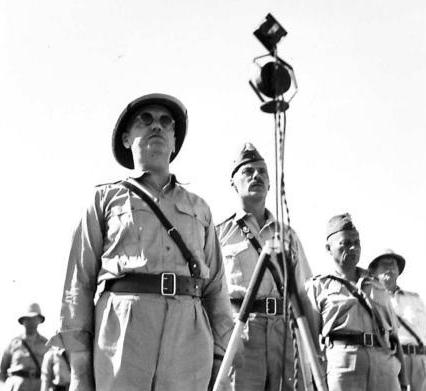
Sikorski’s last trip was to visit the II Polish Corps troops, now evacuated to Iraq through Iran under the British forces.
“On 3rd June we hosted the Commander in Chief General Sikorski. A long column of armoured cars, lorries and other military vehicles drove proudly through the desert, carrying our best-equipped and renumerated soldiers. We were no longer that bunch of beggars with lice behind our collars parading before the General in Tatishchev in 1941. And though a great percentage of us suffer from malaria, dysentry and other stomach disorders, the rest are fit and healthy, sporting proper bellies.” [Piotr Łaguń, Iraq 1943]
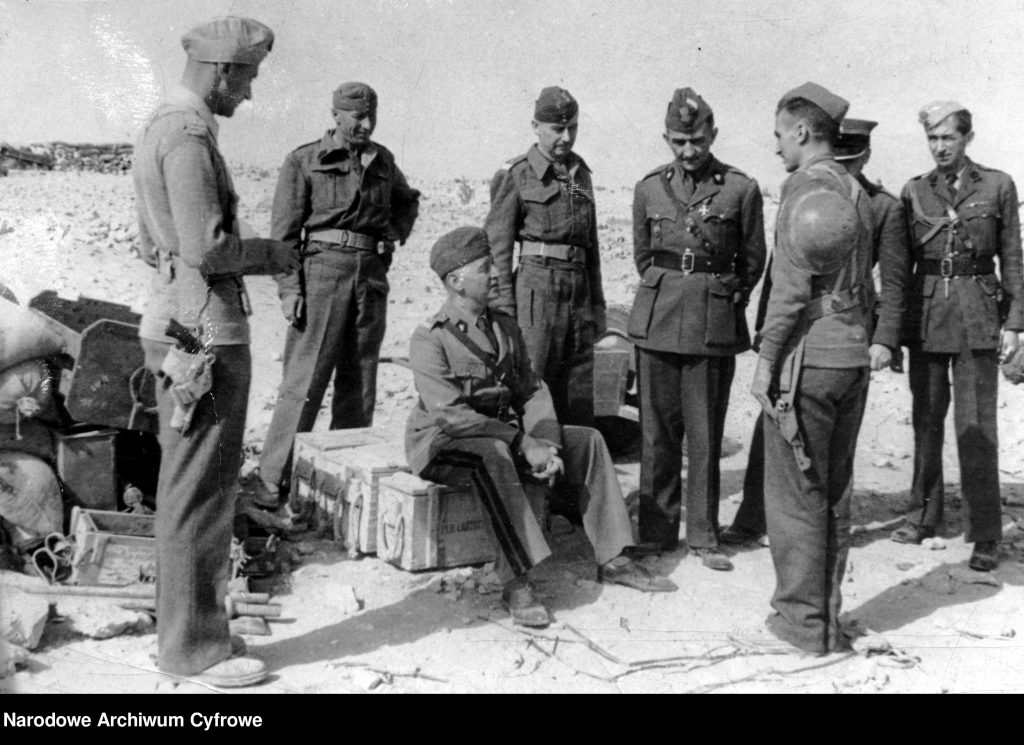
“Throughout his visit he was with us all the time. Not only did we see him on the podium during the military parade but also in our tents (even before waking), in our canteen, in the evening club and in the training field. He was proud of us and he was pleased to see that his arduous task has not failed. Upon leaving Cairo he said: ‘Knowing that I will enter Poland with forces like that behind me makes me feel very contented’ Those words must have deeply moved each and every Pole!” [Piotr Łaguń, Iraq 1943]
After the air crash
Returning to London via Gibraltar, the “Liberator” bomber carrying General Sikorski, his daughter and 15 high ranking staff, crashed into the sea 16 seconds after taking off. Only the pilot survived.
The General’s remains were transferred to London with a requiem mass at Westminster Cathedral on 15th July in the presence of Churchill and 3000 representatives of foreign nations, the Allies and senior military figures. The next day he was laid to rest in the Polish airmen’s cemetery in Newark.
“He died in tragic and mysterious circumstances while he was on duty, serving his army and his country. Let this huge and inconsolable loss be commemorated in our hearts for as long as Poland exists.
I appeal to all the people of Poland who have been saved from the hell of Bolshevism by the late Commander to honour the 4th July as General Sikorski’s Day. Let this day forever remain a day of mourning and commemorating our saviour.” [Piotr Łaguń, Iraq 1943]
Commemoration
In communist Poland, Sikorski was branded a traitor. Amongst his ex-soldiers scattered around the world he continued to be a beloved hero. Only after the fall of the Soviet Union, did Sikorski gain his rightful place in the national history of Poland. His remains were taken to Kraków in 1993 and reburied in the Wawel Cathedral. Yet his airmen will now not lie alone, as a life-sized statue has been unveiled on 4 July 2023 in the place of his grave at Newark.
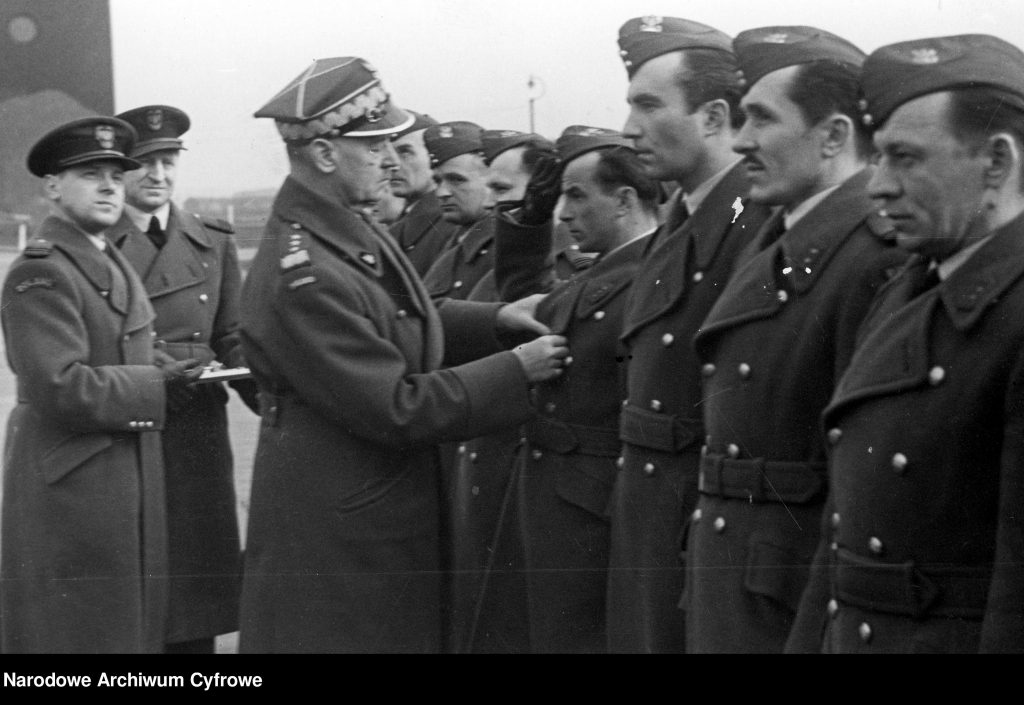
Piotr Łaguń’s diary
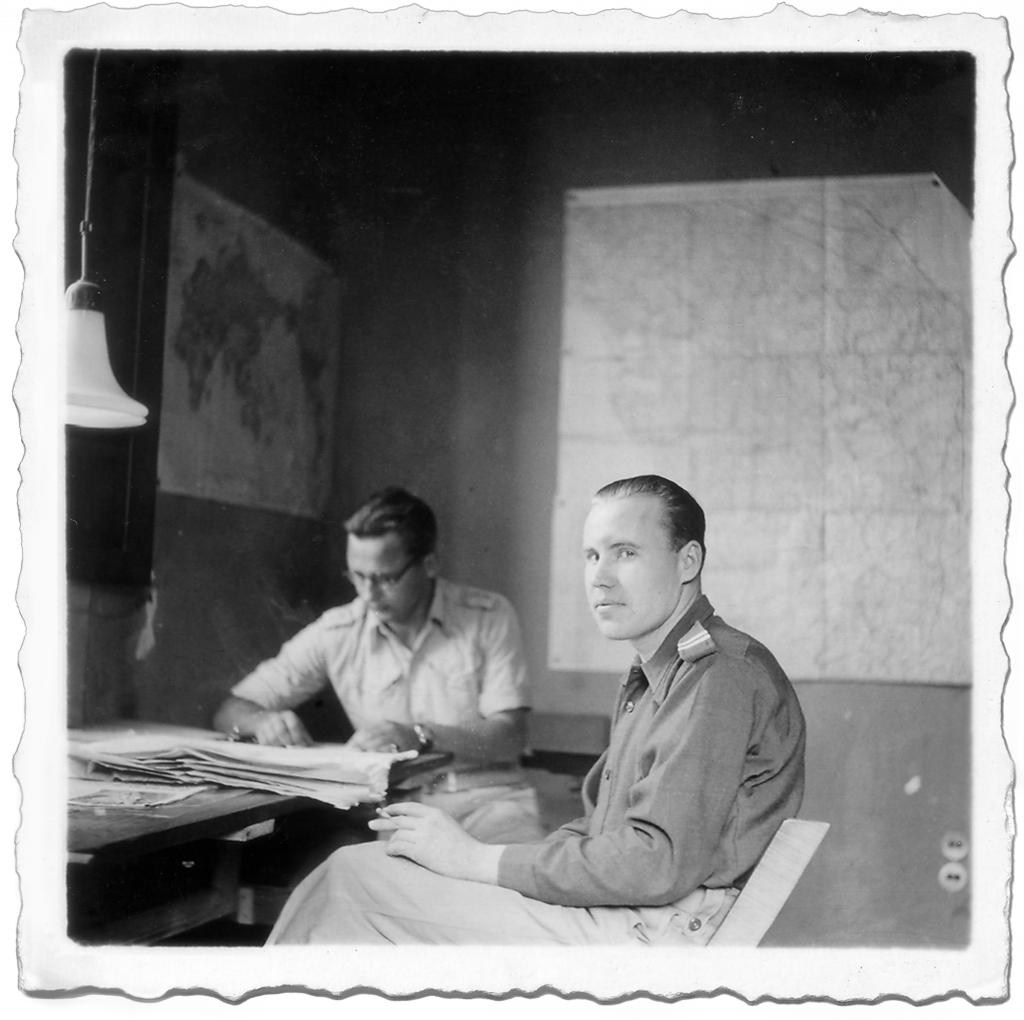
Written in beautifully expressive language, in an exercise book bought in a British army canteen in Palestine, the gripping odyssey of Piotr Lagun is a fascinating and deeply moving account. After forced conscription into the Soviet Army, he was caught up in Operation Barbarossa, and after horrific wounds spent time in military hospitals. Starving and lice ridden, placed in a labour camp on the Volga, he escaped and finally became a Polish soldier. His journey through the Middle East, Monte Cassino and the Italy campaign to Oxford, England was documented for his beloved family with detailed observations of the people he met and the political machinations of wartime.
With ever grateful thanks to Veronica and John Lagun for giving permission to use extracts from their father’s privately published diary, translated into English towards the end of his life.
*estimates from April 1943 collated by the Polish government in exile, printed in Beyond the Urals by Elma Dangerfield June 1946.
The cover photograph is of the monument to Sikorski at Europa Point in Gibraltar, erected in 2013. It is the third monument replacing two earlier memorials in 1945 and 2003 near the scene of the crash.
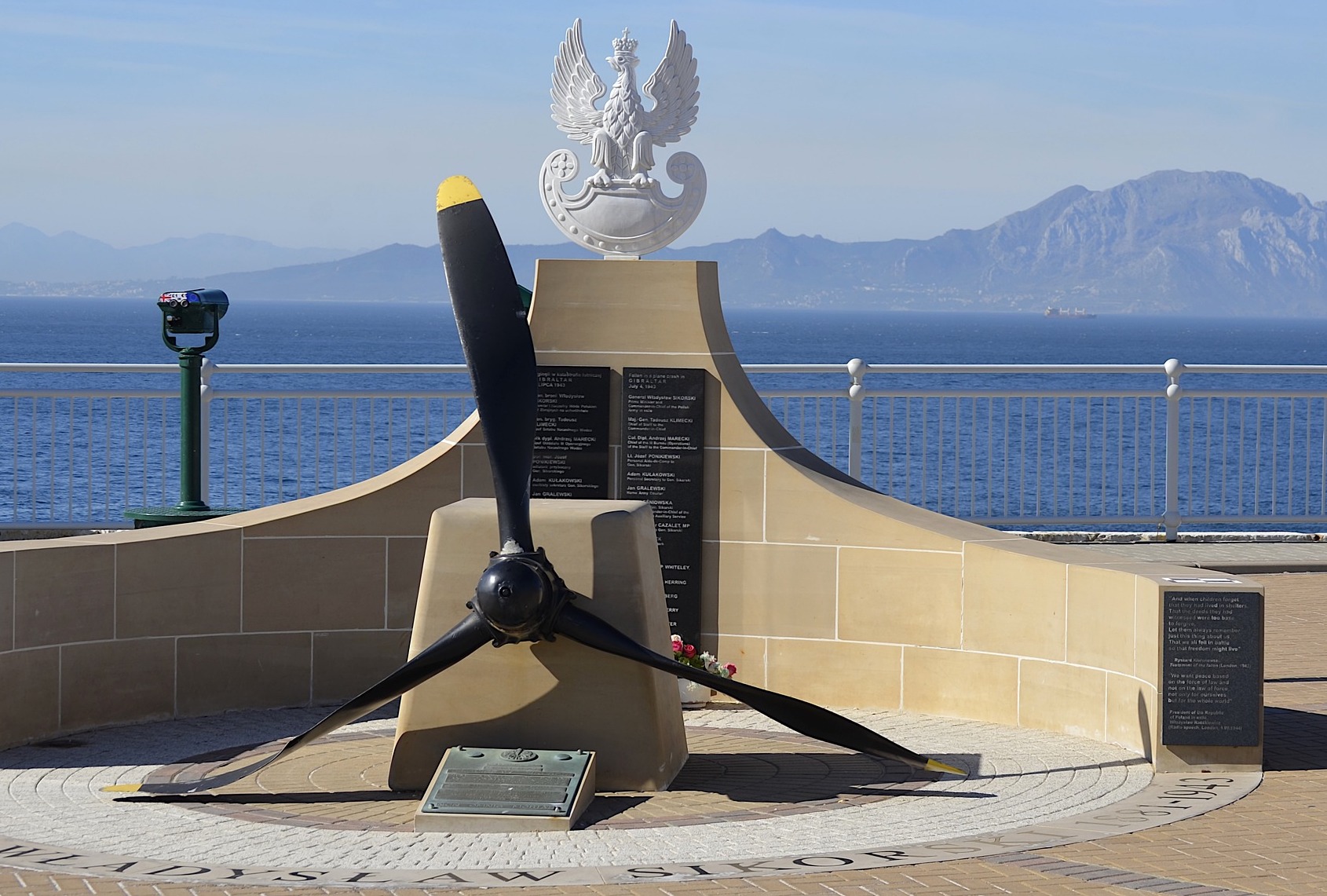

 1.Tracing Family History pre-WW2
1.Tracing Family History pre-WW2 2. Tracing Family History WW2
2. Tracing Family History WW2
